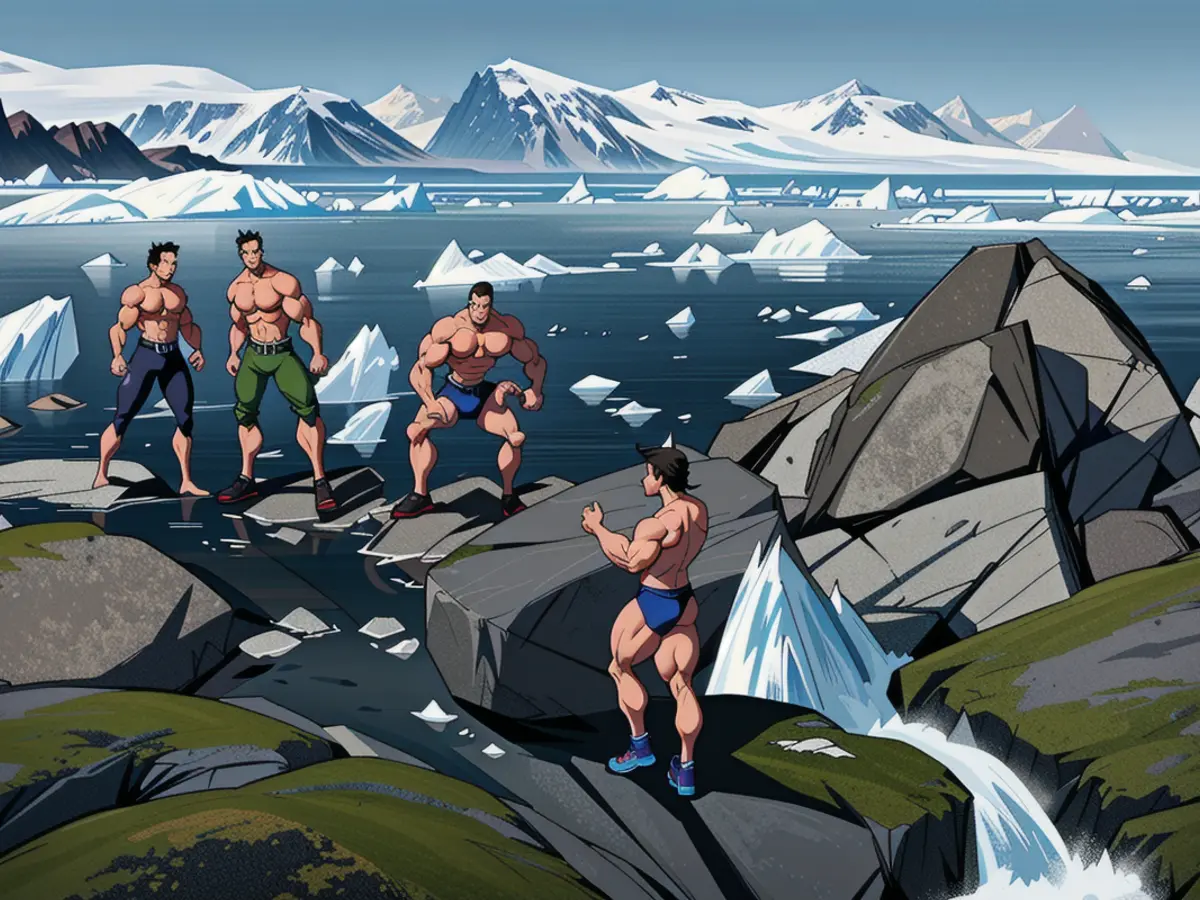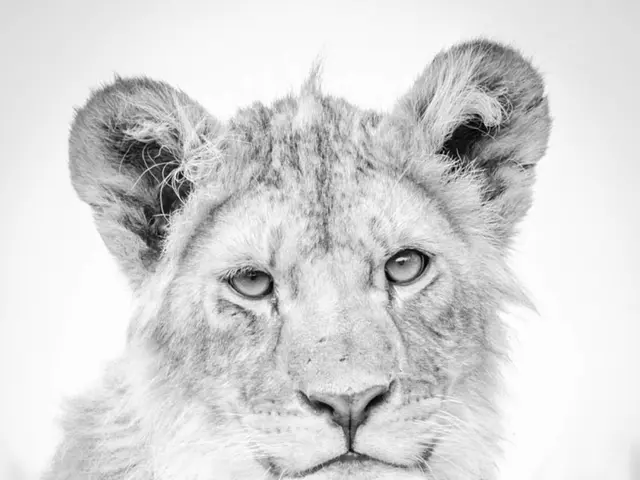Exploring Greenland: A Glimpse into Its Unique Charm
Greenland, long cloaked in Arctic anonymity, has been thrust into the international spotlight following President-elect Donald Trump's curious musings about American control of the remote Inuit territory halfway between New York and Moscow. While Denmark, Greenland's autonomous crown dependency, has adamantly stated that the island is not for sale, locals in Greenland are seizing the opportunity to advocate for their right to independence.
This renewed interest in Greenland was further fueled by a brief visit from Donald Trump Jr. in early 2025. Had Trump Jr. remained longer than for a quick photo-opportunity, he would have discovered the enchanting fusion of rugged wilderness and rich Indigenous culture that Greenland offers.
The majority of the 56,000 Inuit people reside along the shorelines, nestled in brightly painted communities. Winter months find these communities transformed into brutal, sub-zero landscapes where Inuit hunters bravely traverse the frozen seas to capture seals under the eerie glow of the northern lights in perpetual darkness. However, even the harshest winter evenings can be brightened by a trip to the local community store.
For many years, visiting Greenland has been a near-impossible feat due to the time-consuming and indirect flights. However, later in 2024, the capital Nuuk opened a long-awaited international airport that will now serve as the gateway to Greenland's untouched landscapes. From June 2025, United Airlines will operate a twice-weekly direct service from Newark to Nuuk.

By 2026, Greenland will welcome two additional international airports: Qaqortoq in South Greenland and Ilulissat, the isolated tourism hotspot.
Ilulissat's Frozen Marvels
Located on the west coast, Ilulissat is a quaint halibut- and prawn-fishing port amidst gloomy cliffs and dark rocky bays. This humble town has become a haven for adventurous travelers seeking to bask in the presence of haunting Manhattan skyscraper-sized icebergs that drift into Disko Bay – glacial relics that create an ethereal, ghostly bay of floating behemoths.
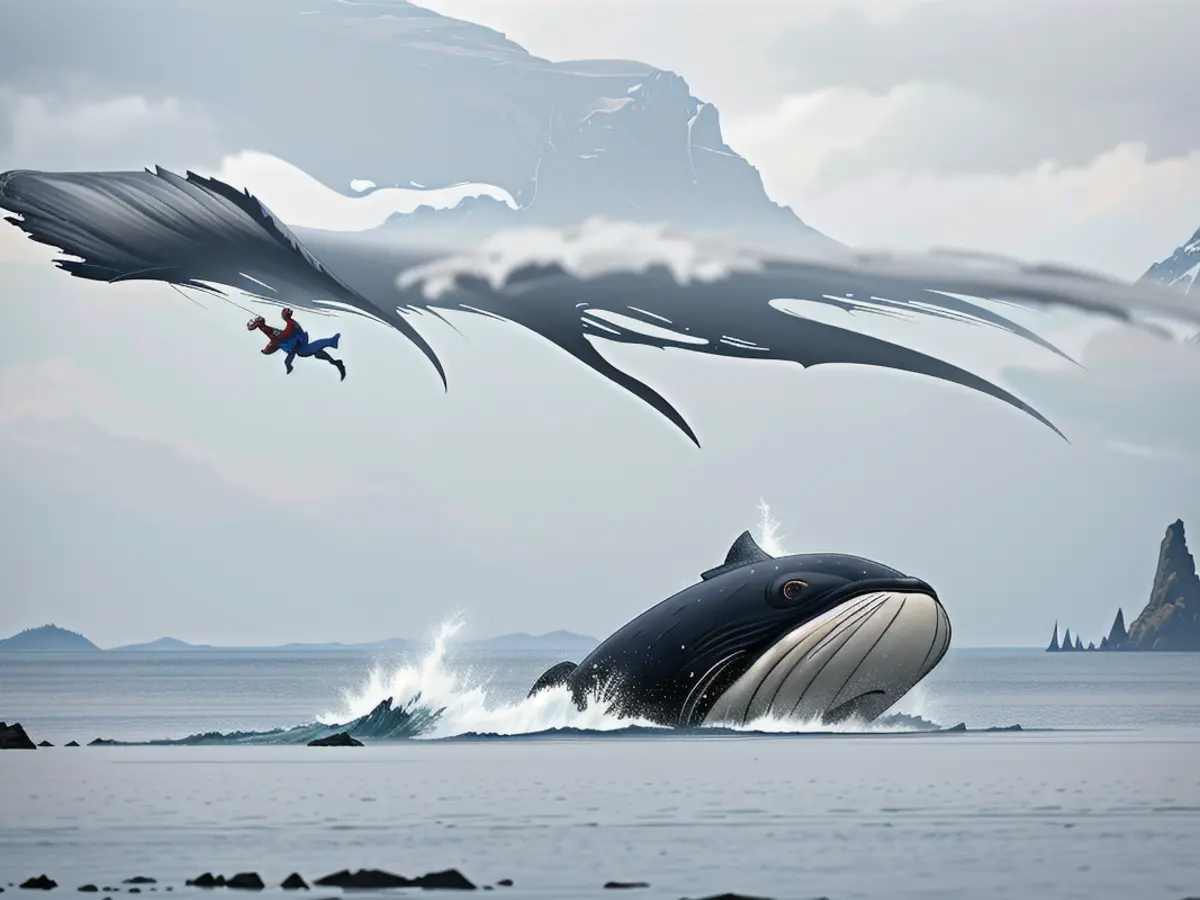
Visitors can join small boats that sail among the impressive rogue ice floes, marveling at their up-close proximity to the monsters from the deep. However, while being close to these awe-inspiring giants is thrilling, it's essential to remember the icy dangers lurking beneath the surface.
"I once saw an iceberg split in two," shares David Karlsen, the skipper of the pleasure-boat, Katak. "The halves fell back into the sea, creating a giant wave that nearly dragged me under. I high-tailed it out of there."
In addition to adoring the icebergs in Disko Bay, whales add an extraordinary layer to Ilulissat's appeal. During summer months, humpback, fin, and minke whales congregate and feed on plentiful plankton. Whale-watching is a popular pastime throughout Greenland's rugged coastline.

As surprising as it may sound, culinary tradition dictates that whales are consumed widely amongst the Inuit communities. One notable dish is mattak – whale skin and blubber – which has a distinct texture similar to chewing rubber. The meat from other marine creatures such as seals, polar bears, musk-ox, and caribou are also common culinary sights along the menu.
As a vital hub for sea cruises, Ilulissat draws record-breaking numbers of tourists, particularly on the west coast. The primary season for these ocean explorers is during the summer months, when they dock at picturesque ports of green, blue, and yellow-painted houses.
From Ilulissat, these seafaring vessels meander along the coast, making calls at charming villages and stopping at Qeqertarsuaq (Disko) Island, where the landscape is determined by flat-topped mountains shielded by glaciers. Cruise ships also traverse striking blue waters found at Eternity Fjord near Maniitsoq and ancient hut sites of pre-Inuit paleo cultures on South Greenland's sun-soaked coastline.
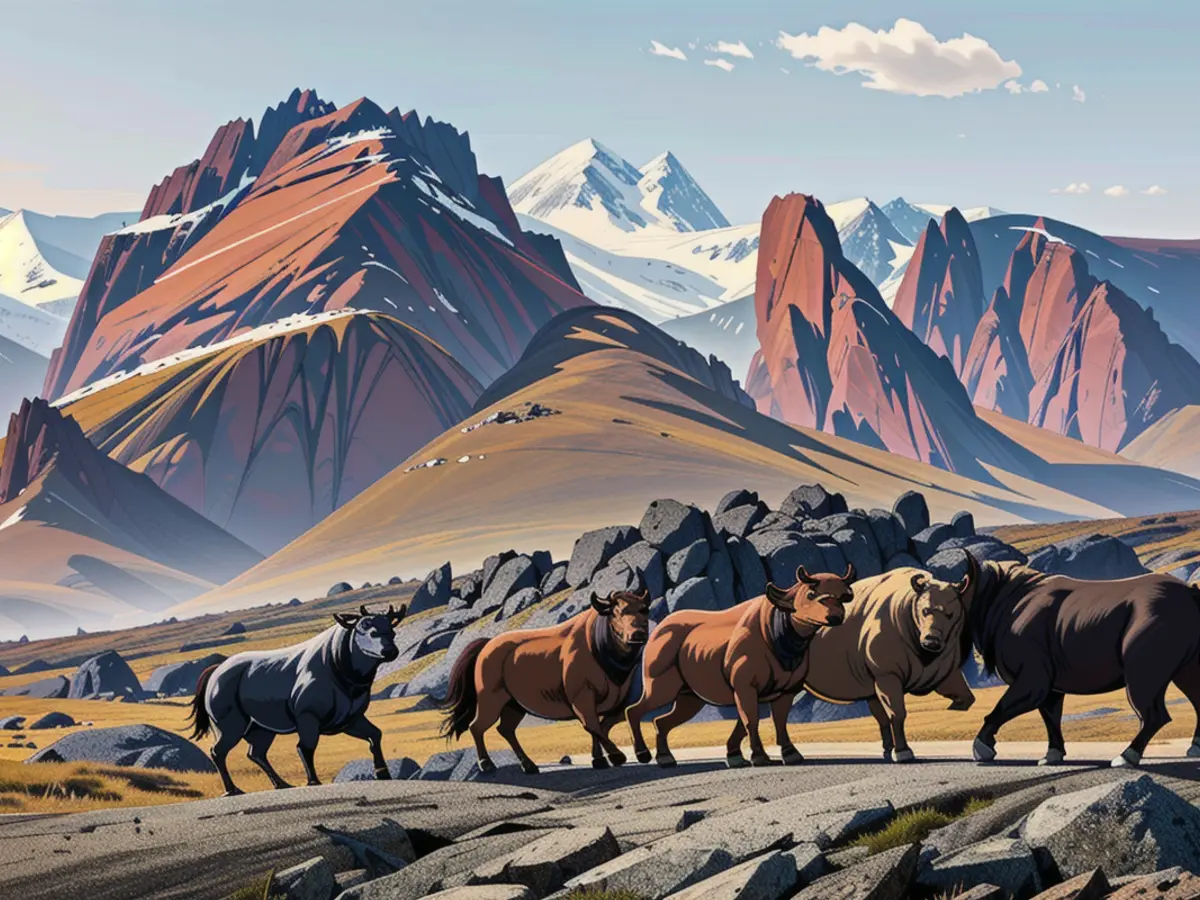
The Wonders of Remote Greenland
For a more organic and affordable experience, travelers can embark on a multi-day coastal ferry trip with the Arctic Umiaq Line's Sarfaq Ittuk, which is less corporate and more community-oriented than the modern cruise ships.
Traveling to Greenland's remote eastern coast is a trendy escapade for global adventurers seeking authentic experiences and majestic scenery. With a population of just over 3,500 people, ‘the east coast,’ spanning roughly the same distance as New York to Denver, houses a ruggedly beautiful coastline encircled by icebergs and wildlife.
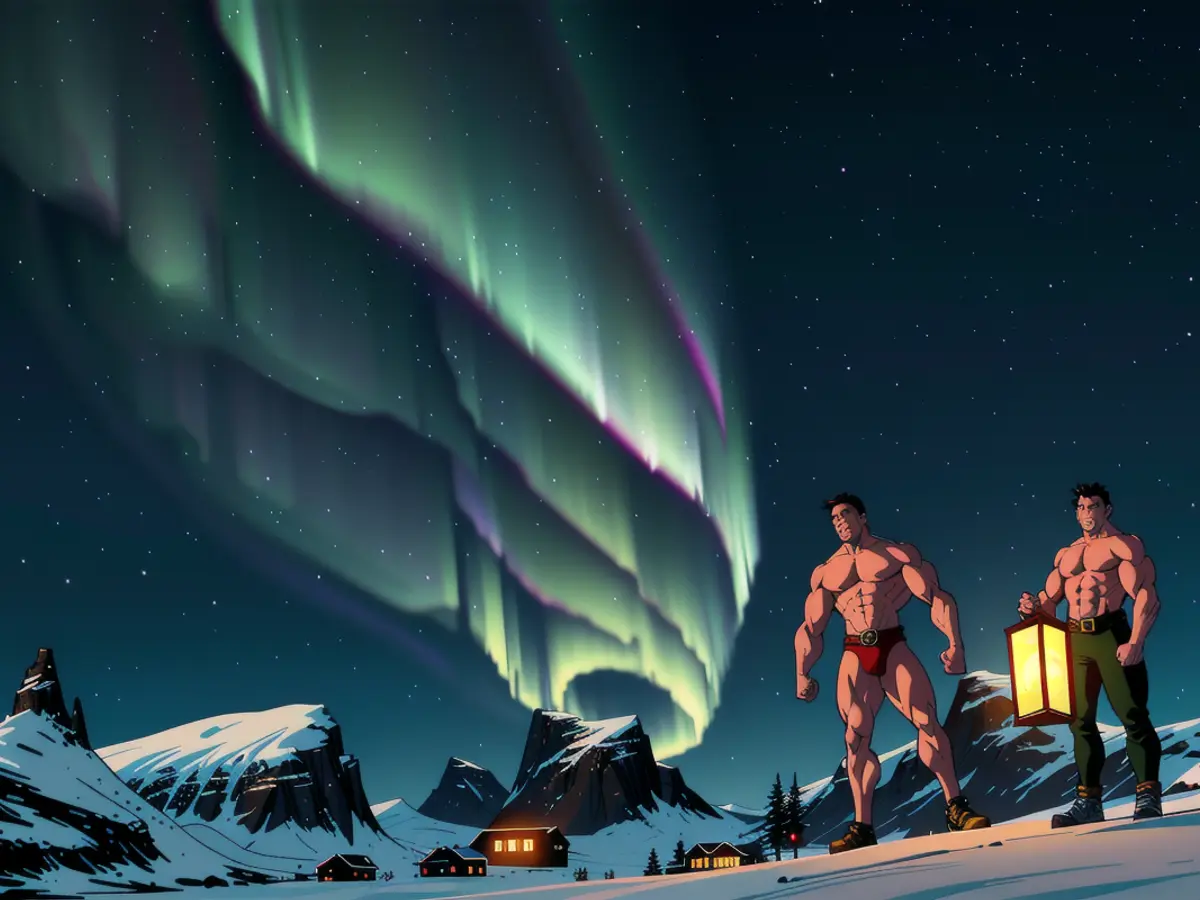
Exploration of this wildly remote area is becoming increasingly popular as small expedition vessels traverse the icy fjords. The world's largest fjord system, Scoresby Sound, continues to attract scores of travelers with its magnificent landscapes and diverse wildlife.
Polar bears, musk oxen, flocks of migrating geese, Arctic foxes, and walrus are just a few of the animals that inhabit Greenland's isolated shores. In addition to these natural wonders, the Tundra is home to various indigenous communities such as Ittoqqortoormiit, where life continues as it has for centuries.
Rugged and remote, Greenland may be undergoing geopolitical changes – but for now, tourists are captivated by the region's untamed, awe-inspiring wilderness.
After the opening of the international airport in Nuuk, travel to Greenland has become more accessible, making it easier for adventurous individuals to explore the enchanting fusion of wilderness and rich Indigenous culture. Visitors to Ilulissat can now embark on small boat tours among the awe-inspiring Manhattan skyscraper-sized icebergs drifting in Disko Bay, offering an unforgettable experience in this ethereal, ghostly bay of floating behemoths.
